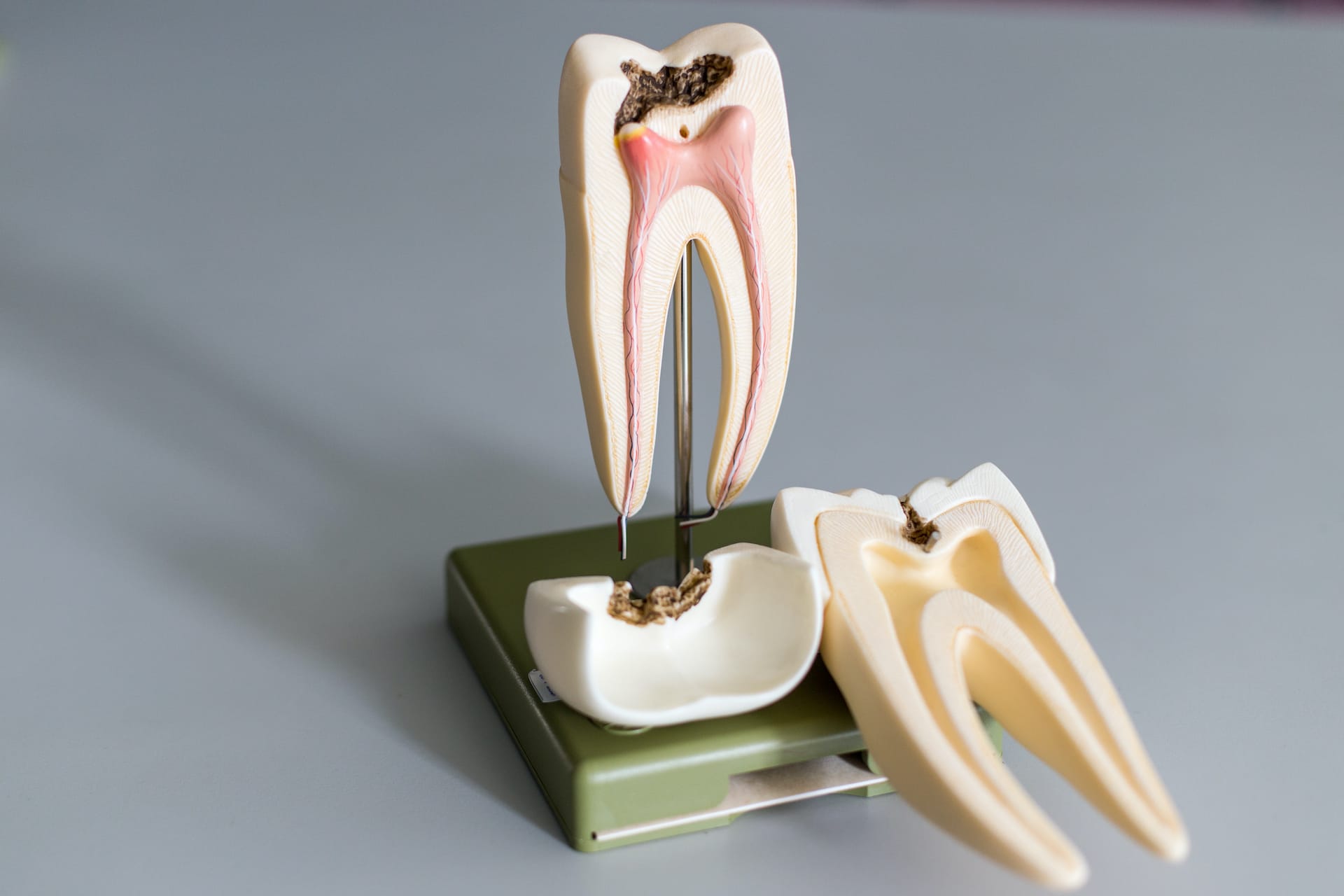10+ Reasons Root Canals Fail To Save Teeth
Root canals are a common dental procedure aimed at saving a tooth from extraction when it becomes infected or decayed. Despite their popularity and generally high success rate, root canals can sometimes fail to achieve their intended purpose. The failure of a root canal can lead to the need for further treatment, including possible extraction of the tooth. Understanding the reasons behind these failures is crucial for both dentists and patients, as it can help in making informed decisions and improving the outcomes of dental treatments.
Complexity of Root Canal Anatomy
One of the primary reasons root canals fail is the complexity of the root canal system itself. Teeth, especially molars, have intricate anatomy with multiple canals, some of which may be narrow, curved, or even hidden. This complexity can make it challenging for dentists to completely clean and fill the canal system, potentially leaving behind infected tissue that can lead to the failure of the root canal.
Inadequate Cleaning and Shaping
The success of a root canal heavily depends on the thoroughness of the cleaning and shaping of the canal. If the canal is not properly cleaned, bacteria can remain, leading to continued infection. Similarly, inadequate shaping can result in a poor fit of the filling material, allowing leakage and reinfection. The use of advanced techniques and tools, such as ultrasonic files and dental operating microscopes, can improve the precision of these steps but does not eliminate the risk entirely.
Insufficient Filling Material
The filling material used to seal the canal after cleaning must be sufficient to prevent any leakage. If the filling material does not completely seal the canal, bacteria can re-enter, causing infection. Modern filling materials and techniques have improved the sealing ability, but there is still a risk, especially in canals with complex anatomy.
Fractured Teeth
Teeth that are fractured or cracked can be particularly challenging to save with a root canal. The fracture line can provide a pathway for bacteria to bypass the filled canal and infect the surrounding tissue. Even if the root canal is successful, a fractured tooth may eventually need to be extracted if the fracture compromises the structural integrity of the tooth.
Delayed Restoration
After a root canal, it is crucial to restore the tooth with a crown as soon as possible. A delay in this restoration can expose the tooth to further decay or fracture, potentially leading to failure of the root canal. Temporary fillings used to cover the tooth until a permanent crown is placed are not as strong and can leak, allowing bacteria to enter the tooth.
Recontamination
Recontamination of the tooth can occur if the tooth is not properly restored, or if the restoration leaks. This can allow bacteria to enter the canal space and cause reinfection. Proper sealing of the canal and timely placement of a well-fitted crown are essential to prevent recontamination.
Lack of Patient Compliance
Patient compliance with post-root canal instructions is vital. Failure to follow dietary restrictions, attendance of follow-up appointments, and maintaining good oral hygiene can all contribute to the failure of a root canal. For example, chewing hard foods on the treated tooth too soon can cause it to fracture.
Pre-existing Conditions
Certain pre-existing conditions, such as periodontal disease, can affect the outcome of a root canal. If the tooth has significant bone loss due to periodontal disease, the long-term prognosis of the tooth, even after a successful root canal, can be compromised.
Technical Challenges
Technical challenges and limitations of the dentist, such as lack of experience with certain types of teeth or failure to stay updated with the latest techniques and materials, can increase the risk of root canal failure.
Biological Limitations
Lastly, there are biological limitations to consider. The body’s response to the root canal procedure can vary, and some individuals may have a more robust healing response than others. Additionally, the extent of the infection before the procedure can impact the success rate, as extensive infections may be harder to fully eradicate.
What are the primary reasons for root canal failure?
+The primary reasons include the complexity of the root canal anatomy, inadequate cleaning and shaping of the canal, insufficient filling material, and issues such as fractured teeth, delayed restoration, and recontamination.
Can all teeth be saved with a root canal?
+No, not all teeth can be saved with a root canal. The success of the procedure depends on several factors including the extent of the infection, the complexity of the tooth's anatomy, and the overall health of the tooth and surrounding tissue.
What can be done to minimize the risk of root canal failure?
+To minimize the risk of failure, it's essential to work with an experienced dentist, follow post-procedure instructions carefully, maintain good oral hygiene, and attends follow-up appointments as scheduled. Restoring the tooth with a crown as soon as possible is also crucial.
In conclusion, while root canals are a highly effective procedure for saving infected teeth, there are several reasons why they may fail. Understanding these reasons can help in the planning and execution of the procedure, potentially improving the outcomes for patients. Continuous advancements in dental technology and techniques are aimed at reducing these failure rates, offering hope for even better success rates in the future. Nevertheless, the complexity and variability of human biology mean that there will always be cases where, despite best efforts, a root canal may not succeed in saving a tooth.


